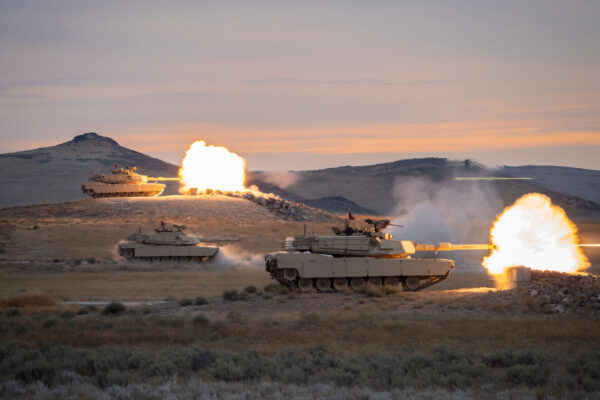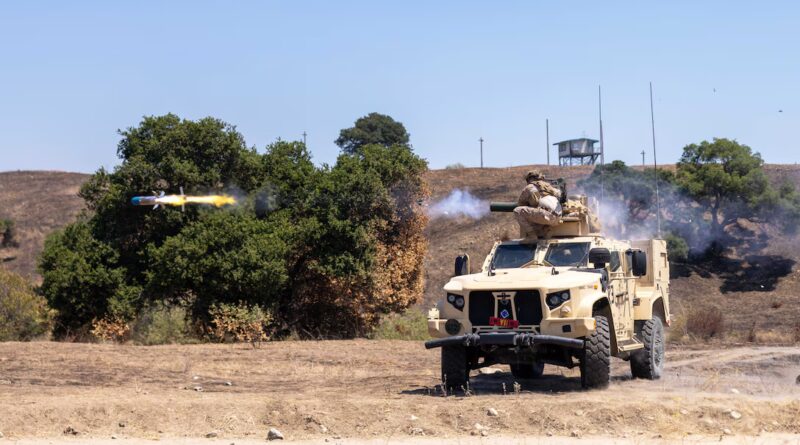Weaponizing Weakness: How 60 GHz Wireless Turns Its Flaws into Frontline Strength
In military tech, the best solutions are often born from paradox: fragility becomes resilience, limits become safeguards, and what was once written off as a detriment becomes a game-changing advantage.
That is precisely what is happening with the 60 GHz wireless band—once considered too short-range, too rain-sensitive, and too high-frequency for practical use. Now? It is the sharpest new blade in the digital arsenal, offering ultra-secure, interference-free, high-throughput communication for the modern connected battlefield.
This is not your father’s RF link. This is fiber without the fiber, and its quirks are precisely what make it lethal for the enemy and life-saving for the warfighter.
Oxygen: Nature’s Built-in Firewall
Let us start with what most RF engineers would call a show-stopper: oxygen absorption.
At 60 GHz, O₂ molecules in the atmosphere gobble up signal energy like a sponge—an effect so intense that signals drop off sharply after just a few kilometers. In the commercial world, that meant short range and limited adoption. But for the warfighter, it is nothing short of revolutionary.
Why?
Because that same absorption means the signal dies quickly, almost like it is being scrubbed from the air. No spillover. No eavesdropping. No accidental bleed into neighboring bands. Think of it as natural EMCON—electromagnetic emissions control—built into the spectrum. A 60 GHz transmission is like a laser in a foggy room: tight, precise, and invisible beyond its intended line of fire.
Compare that to 2.4 GHz links, which can spill over 30 kilometers beyond their target, making them practically sonar pings for hostile SIGINT teams. A 60 GHz link? It is whispering in the dark.
What Interference?
Interference is the Achilles’ heel of most unlicensed bands. Walk into any command tent, warehouse, or FOB and try to find a clean channel at 2.4 GHz or 5 GHz. You will be tuning forever.
But at 60 GHz? It is radio silence, in the best way possible.
Between oxygen absorption and ultra-narrow beamwidths—we are talking as tight as 4.7 degrees with a 1-foot dish—your signal stays in its lane. This opens the door for dense deployment: dozens of point-to-point links humming within close quarters without cross-talk, conflict, or compromise.
That is precisely the kind of spectral hygiene the DoD dreams about when building resilient battlefield networks—especially as tactical edge devices, sensors, and UAVs start crowding the airwaves.
Short Range by Design, Not by Deficiency
Critics have long dismissed 60 GHz for its short operational range, typically under 2 kilometers. However, let us reframe that. In theater, short range is tactical.
Long-range RF transmissions are a double-edged sword. They may reach farther, but they also broadcast farther, creating a broader footprint for electronic warfare units to detect, jam, or triangulate. In contrast, 60 GHz links are naturally low probability of intercept, low probability of detection (LPI/LPD)—no special waveforms or obfuscation required.
In a battlefield where staying undetected is as important as staying connected, short range is survival.
Turning Rain into a Design Constraint, Not a Show-stopper
Let us tackle the next supposed fatal flaw: rain fade.
It is true that 60 GHz signals do not love heavy rain. Attenuation spikes as water droplets scatter the high-frequency waves. But modern link engineering has caught up.
Thanks to robust link margin design, adaptive modulation, and predictive modeling using global rainfall data, vendors like Proxim Wireless are delivering carrier-grade links that hit 99.999% uptime—even in Southeast Asia’s monsoons or the Gulf’s sudden downpours.
And let us be honest: if you are expecting better than 99.999% on a mobile battlefield in a storm, you are probably asking for a unicorn. The fact that 60 GHz can even approach this level of availability in rugged terrain and weather is a technical triumph.

High Frequency = High Focus = High Security
At higher frequencies, antennas behave more like optical systems. This is physics 101: the beamwidth of an RF antenna is inversely proportional to the Frequency. That means 60 GHz antennas are naturally laser-tight.
Imagine placing a 2.4 GHz, 24 GHz, and 60 GHz transmitter 1 kilometer from a receiver. At 2.4 GHz, your signal spills like a floodlight—visible to adversaries and vulnerable to interference. At 60 GHz, it is a sniper’s bullet: sharp, surgical, and stealthy.
This beam control is not just about performance—it is about tactical superiority. It is how you send drone video from a recon team to an armored unit without alerting the enemy. It is how you move mission data without inviting jamming. And it is how you build a network grid that scales horizontally without signal chaos.
Target Lock at 60 GHz: The Beamwidth Challenge of a Moving War Machine
Here is the catch with narrow beams: they do not forgive. At 60 GHz, we are working with beams that are barely wider than a laser pointer—perfect for stealth, but punishingly precise when mounted on anything that moves. Now try doing that from a tank barreling over uneven terrain, or an IFV (Infantry Fighting Vehicle) slamming into a hard turn at 40 mph.
This is not just a physics problem—it is a tactical design gauntlet.
To maintain connectivity, your transceivers must not only find each other across a few hundred meters of open chaos—they have to stay locked. One degree off, and you are no longer whispering in the dark. You are talking to no one.
So how do you build a vehicle-to-vehicle or vehicle-to-drone link that can hit and hold a signal tighter than a rifle scope, even while bouncing across hostile terrain?
Enter active beam steering, gimbaled platforms, and inertial stabilization. We are talking about borrowing tricks from guided missile technology—MEMS gyros, real-time GPS correction, even AI-driven predictive tracking—to keep those narrow beams on target through motion, shock, and rapid heading changes.
In essence, you are giving your tank a turret… for data.
No License, No Waiting, No Problem
Here is the part that’ll make even the most hardened program manager smile: it is unlicensed.
That is right. No FCC paperwork. No waiting for frequency coordination. No spectrum lease costs. You can deploy a 60 GHz system as quickly as you can unpack it and align it.
Need to move a command post? No problem. Tear down, redeploy, re-link—within minutes. No trenching fiber. No backhaul wait time. Just point, align, and push gigabits of command-critical data.
Real-World Ready: YDI’s 60 GHz Arsenal
ProximI Wireless is not theorizing here. They have already fielded FCC-approved 60 GHz radios capable of Gigabit Ethernet and OC-12 SONET speeds. These are battlefield-ready, low-profile, hardened systems that have proven their worth in government, intelligence, and commercial deployments.
With 7 GHz of uninterrupted bandwidth, these radios operate at capacities rivaling fiber, yet without the fragility or latency. It is plug-and-play meets plug-and-pray—except this time, the odds are in your favor.
Why This Matters to the Warfighter
We are entering a new era of distributed warfare, where command centers are mobile, sensors are everywhere, and data is the lifeblood of every mission. Fiber will not keep up. Legacy RF cannot scale. Satellite is too slow. And 5G? It is not ready for dust, mud, and mortars.
But 60 GHz? It is ready. Moreover, it is better because of the things that once made engineers hesitate.
The very limitations that once held it back—short range, oxygen attenuation, rain sensitivity—have now become its battlefield strengths: security, spectral control, and surgical deployment.
It is not just a workaround. It is a strategic inversion.
Final Transmission
When engineers talk about “elegant solutions,” they are talking about systems that make complexity disappear, that turn weaknesses into features, and that operate with ruthless efficiency under pressure.
60 GHz wireless is that kind of solution. Quiet. Focused. Brutally effective.
Moreover, on the battlefield, that kind of elegance does not just save time. It saves lives.

